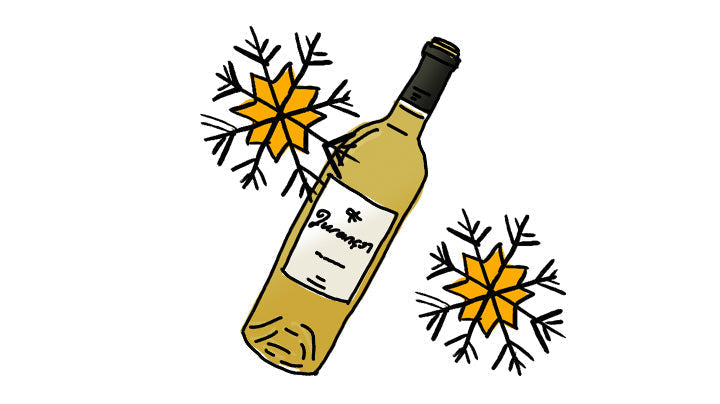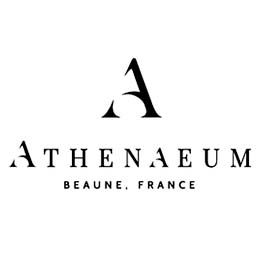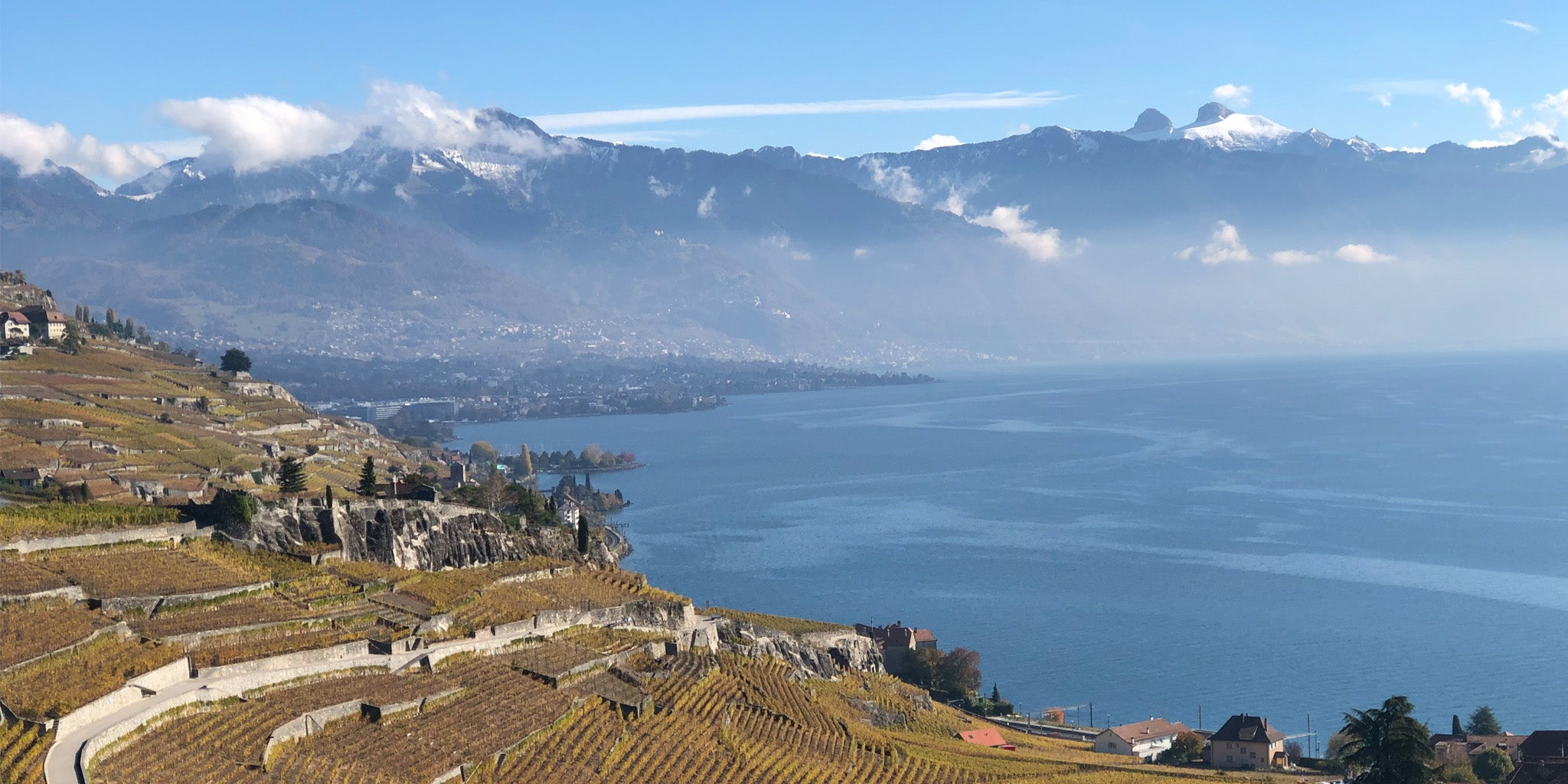The process of wine aging is a fundamental aspect of oenology, influenced by intrinsic parameters of the wine itself, as well as the environmental storage conditions. Wines intended for aging typically exhibit pronounced tannic structure, moderate to high acidity, and significant aromatic concentration. These elements synergistically contribute to the development of organoleptic characteristics over time.
Tannins present in grapes and stemming from vinification are complex molecules that interact with other compounds in the wine. As the wine ages, these tannins polymerize, soften, and integrate harmoniously, enhancing the wine's mouthfeel and structure. The chemical reactions occurring during aging also alter the aromatic and gustatory profiles of the wine, creating more complex secondary and tertiary aromas.
White wines suitable for aging often boast high acidity or have a high sugar content which facilitates aroma preservation and elegant evolution over time and sugars can also contribute to their aging potential by acting as preservative agents.
Conversely, wines with light structure and intensity in aromatics are typically intended for early consumption, as aging could compromise their characteristic freshness and fruitiness.
Storage conditions are paramount to successful aging. Stable temperature, controlled humidity, and absence of vibrations or light variations are crucial to prevent premature wine deterioration.
In conclusion, the decision to age a wine hinges on a meticulous evaluation of its chemical components, developmental potential, and optimal storage conditions. It is advisable to rely on the guidance of producers and wine experts, while considering personal preferences and the sought-after sensory characteristics in the consumed wine.














